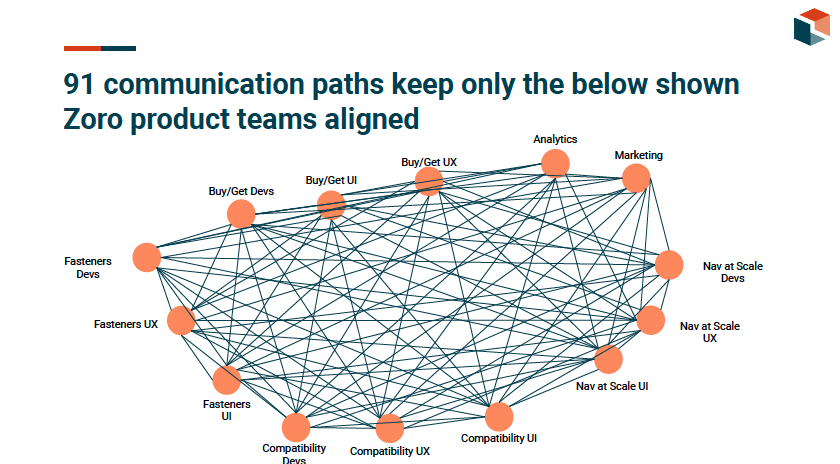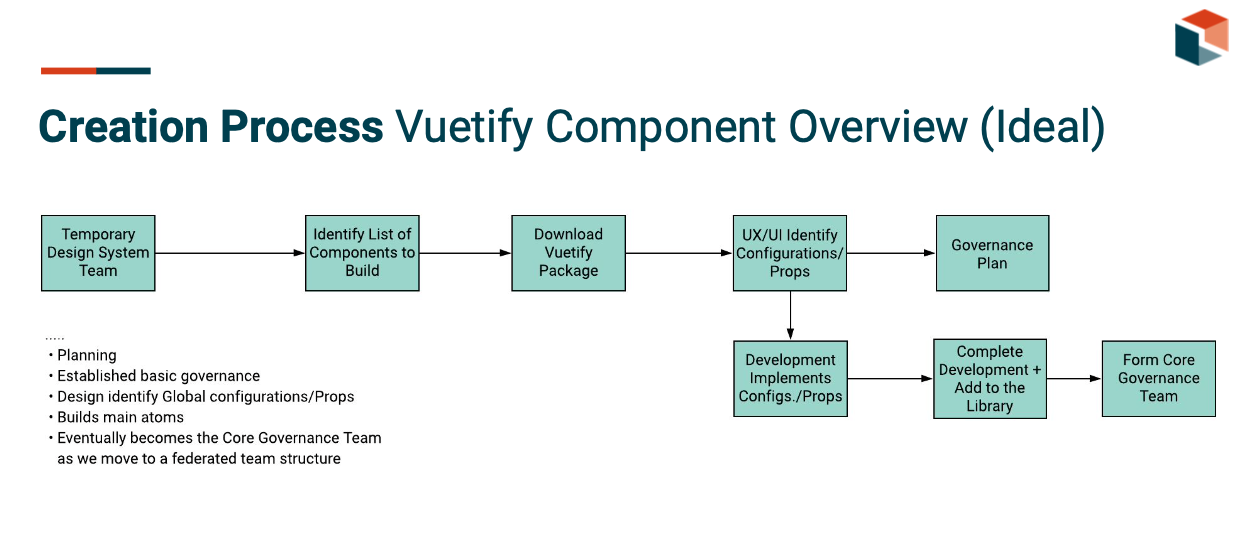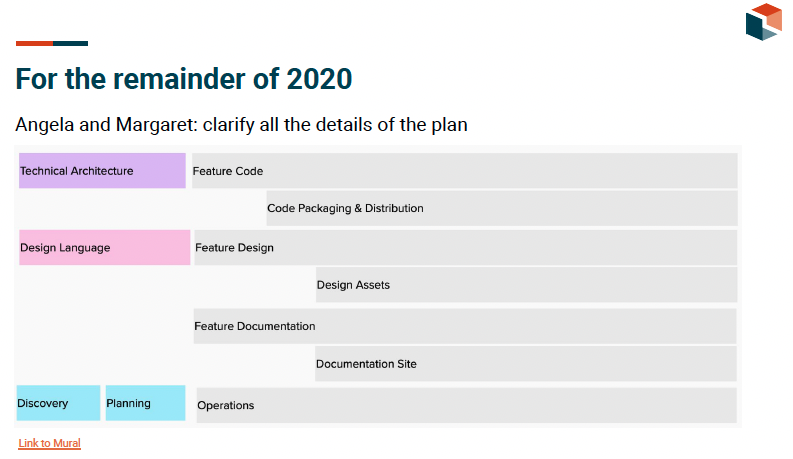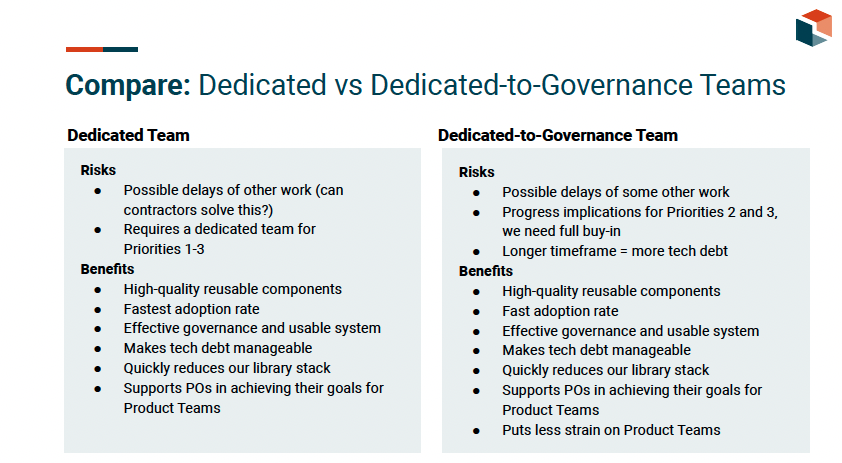
Zoro.com
The Zoro.com “Endless Aisle” provides customers with over 4 million purchasing opportunities (as of Summer 2021), and is growing every day. With such a broad assortment, empowering customers to find the product they need (or didn’t yet know they needed) is crucial for success.
The Goal
I had two goals at Zoro. My primary responsibility in the Compatibility Pod was to develop ways to help customers find products through association with other products. One particularly successful feature we created was the Automotive Fitment Calculator, which helped customers find the right parts for their automotive needs based on the variables they were prompted to provide. My passion project at Zoro was growing into the Lead Product Designer for the Zoro Design System, KIT.
My Role
In-house Senior User Interface and User Experience Designer, Workshop Facilitator, UX Researcher, Design Systems Lead.
Design System Proposal and Leadership
I was committed to Zoro having a functional, useful design system that could bring Engineers and Designers together. In my past work at Snapsheet, I developed a passion for systems and mental models that could bring Designers and Engineers together [blog post rant here!], and I believed that Design Systems were the best tool for such a harmonious goal.
Below are key slides I used when advocating for Design Systems.

















Design Operations
My passion for design systems developed into Design Operations experience, and I created frameworks for Designers to collaborate better with teams across Zoro. The Data Analytics team and I developed the below framework. While seemingly simple, this framework established a culture for making decisions with a more thorough understanding of data.
Product Design Discovery
In addition to my work on Design Systems and Operations, I used workshop facilitation to bring the entire product team together to address product design innovation.
The Questions We Asked
Who are we trying to understand and support? What is their day-to-day job like?
How are our current customers purchasing auto parts?
How are people successfully purchasing auto parts in other ways?
Conducting & Analysing User Interviews
We conducted interviews with loyal Zoro customers and gathered information on their day-to-day operations. The common thread is that specificity is non-negotiable when buying an automotive part. Because of the speed at which our inventory was growing, we were lacking legible product information. Therefore, an overwhelming majority of Zoro customers were large businesses that make large purchases, and have resources and teams to do their own research to cover the gaps in our product information data.
We wanted to learn how to serve those customers better, and how to appeal to customers we didn’t yet have. Our hypothesis was that we could attract a wider range of smaller purchases if we could provide more guidance.
Utilizing ContentSquare and Competitive Analysis to Further Insights
The data showed that a lot of shoppers were finding us through Google search, but then immediately bouncing when they reached the page. This could signify that they did not find enough data on the Product Detail Page to feel confident making a decision.
We found that other companies selling auto parts were helping their customers find what they need through compatibility filtering tools. We could help our clients by communicating whether a part fits or doesn’t fit their vehicle.
Ideation Workshop
We hosted workshops with engineers, designers, in-house merchandisers, marketing specialists, and customer support specialists. Utilizing LUMA and Design Sprint methodologies, we were able to further understand our customers from the cross-functional team’s point of view. From the initial workshop, we derived more clarity, better-understood pain points, and created a team understanding of the problem that helped designers and engineers work together. In the following workshops, we ideated on possible solutions and came out with a clear understanding of our value proposition.










Solution
We determined that the best path forward would be a Fitment Calculator, a tool in which the customer could input data and return guidance on which products would be best for their goal. We hypothesized that the solution would require multiple entry points to be successful, but for our MVP, we chose the Product Detail Page because it had the highest site traffic.
Considerations included the function of the calculator, stages of action, all of the possible states of feed-forward and feedback, and a browsable list of alternatives in the form of a fitment product list page.
This project served the Design System in defining how we can determine conditional questioning and help the user narrow their results sitewide.
Results
The purchase of automotive parts and usage of the fitment calculator grew steadily and in tandem. The add-to-cart rates and overall purchase value of automotive products increased by full percentage points each month throughout the 4-month duration of the study.
We also learned how to communicate much better by being designers at Zoro :) Just take a look at all of these possibilities!




